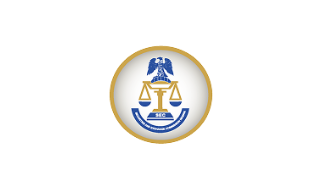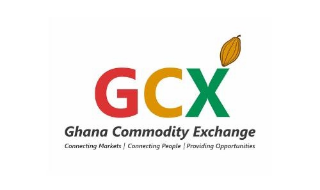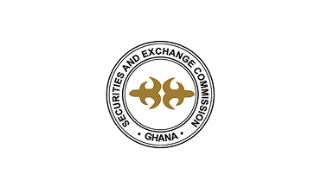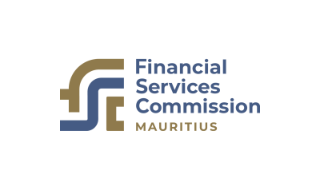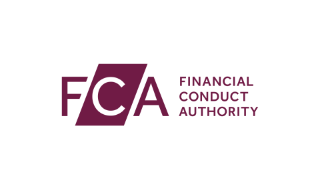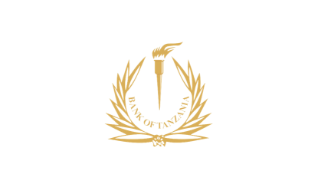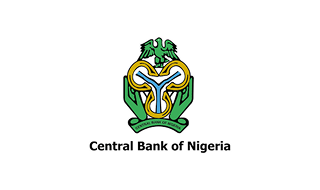
Bank of America has sharply upgraded its gold outlook, forecasting prices could reach US$5,000 per ounce by 2026, up from a previous estimate of US$3,500. The bank projects an average price of US$4,400, supported by a 14% rise in investment demand, sustained official sector purchases exceeding 1,000 tonnes annually, and expectations of U.S. interest rate cuts that could weaken the dollar by about 4%.
Gold has already climbed over 52% year-to-date, recently surpassing the US$4,000/oz mark for the first time in history. Demand from investors and central banks has surged, with institutional inflows into gold-backed ETFs rising nearly 18% in Q3 2025, while global reserves held by central banks expanded by over 120 tonnes in the same period.
For Africa, home to around 25% of global gold output, the rally could have far-reaching effects. Ghana, which produced roughly 130 tonnes of gold in 2024, stands to see an estimated US$6–8 billion increases in export revenues if prices remain above US$4,000/oz. South Africa and Sudan could experience similar fiscal windfalls, with gold contributing more than 30% of Sudan’s total exports.
However, analysts caution that such rapid price acceleration may intensify illegal artisanal mining, disrupt local currency stability, and fuel inflationary pressures in producer economies. Balancing higher export gains with sustainable mining practices will be critical to ensuring long-term economic benefits.
Gold’s ascent, supported by macro tailwinds and institutional demand, underscores Africa’s growing role in the global commodities landscape, turning its resource wealth into a strategic advantage amid shifting.

